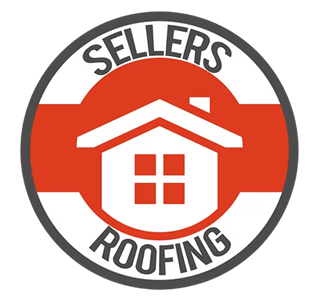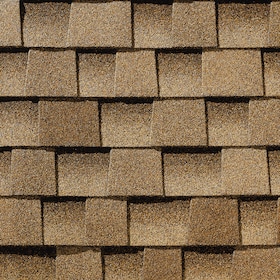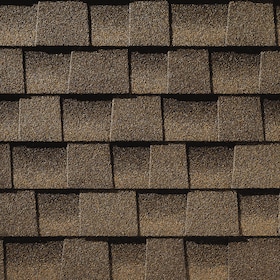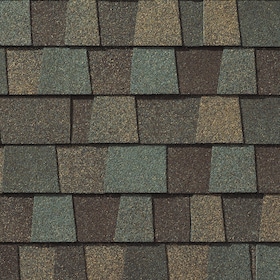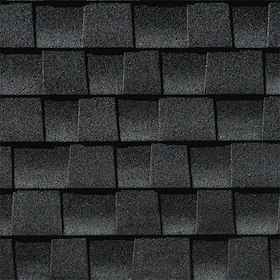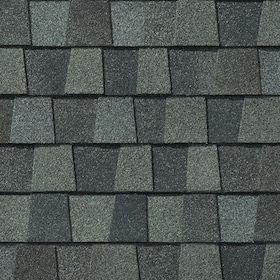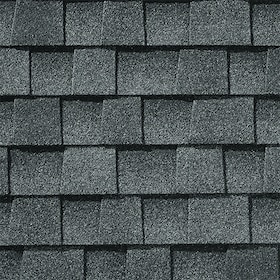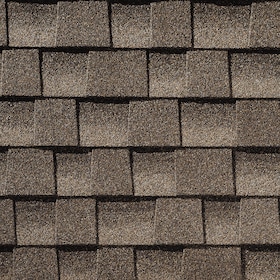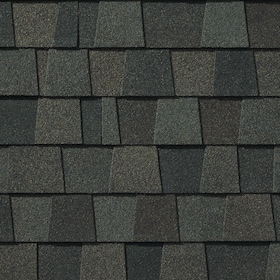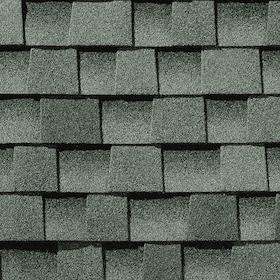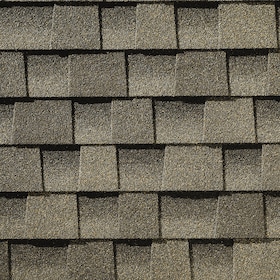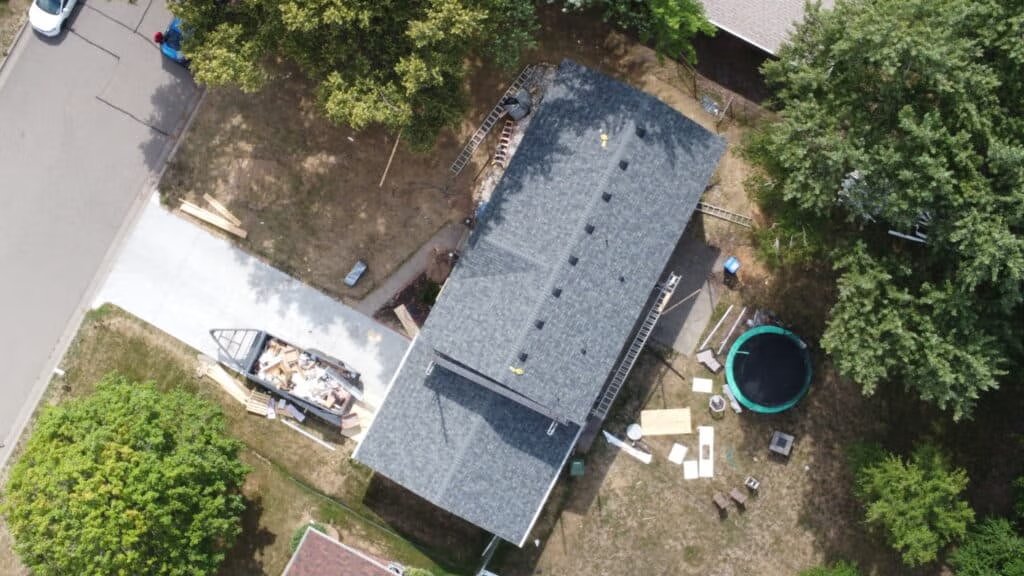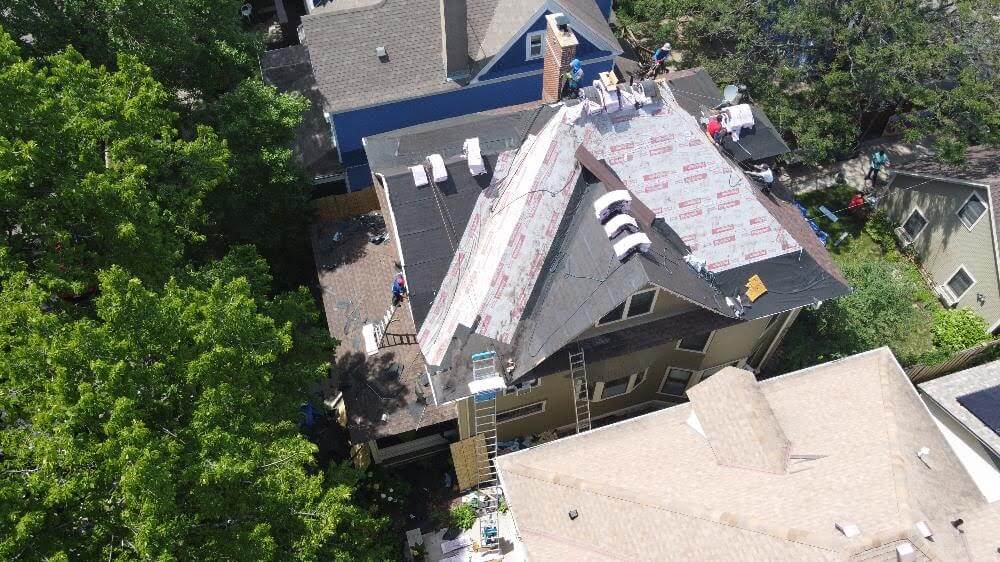Residential Roofing St. Paul

Google Rating

Facebook Rating

Google Rating
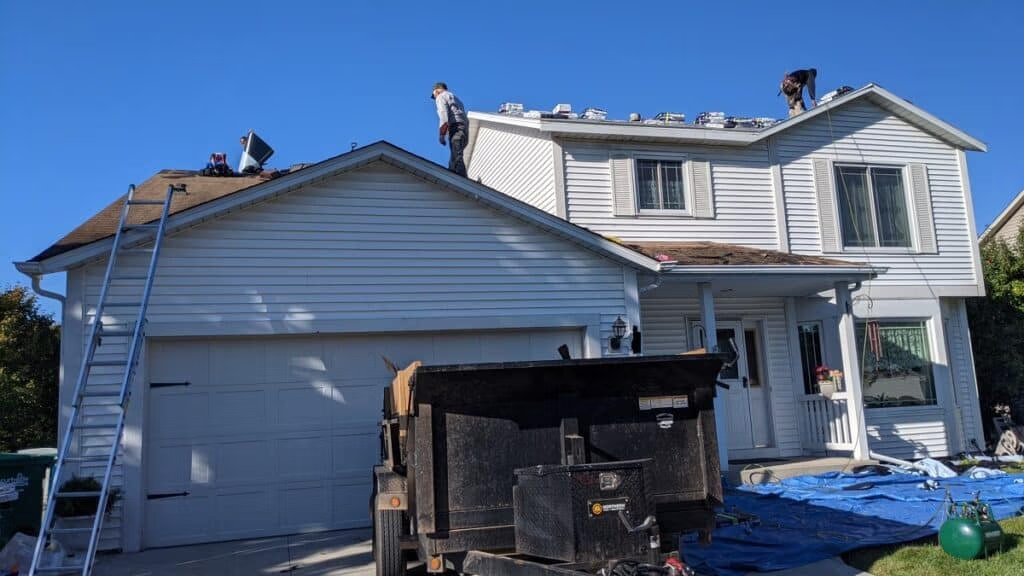
Why St. Paul Homeowners Choose Sellers Roofing Company for Residential Roofing
When it comes to your home, the roof is one of the most critical components. It not only provides protection against the elements but also significantly impacts the overall aesthetics and value of your property. Whether you’re building a new home, replacing an old roof, or in need of repairs, understanding the various aspects of residential roofing is essential. Therefore, in this guide, we’ll cover everything you need to know about residential roofing, including the types of materials available, the installation process, maintenance tips, and common roofing issues.
Expert Residential Roofing Services in Saint Paul
Our customers say that we are a pleasure to work with! They love the competitive pricing, the state- of- the- art craftsmanship, and the neighborly customer care that they can only find at Sellers Roofing Company! Here are a few of our main reasons why you should call us when you need roofing or remodeling work of any kind done:
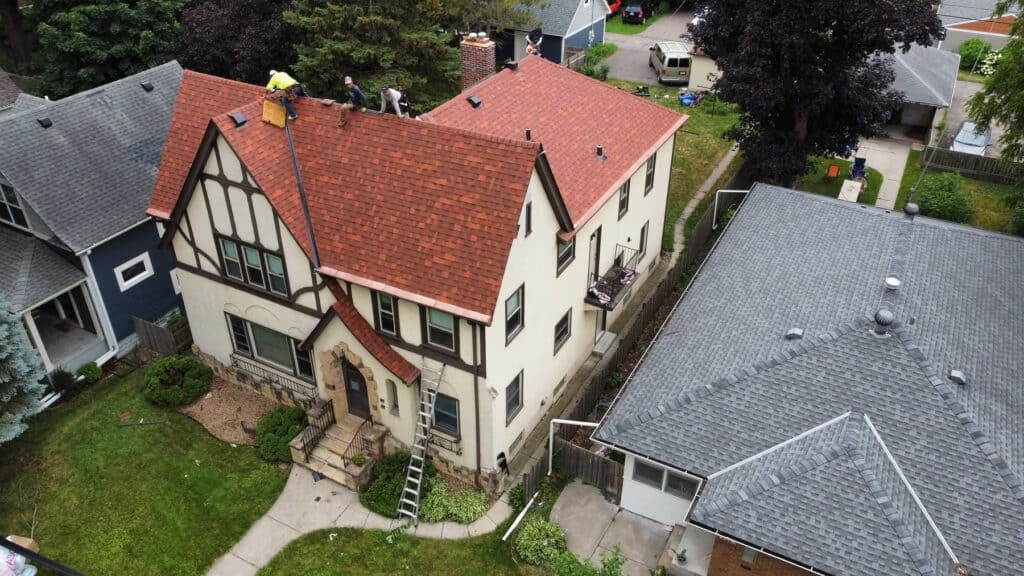
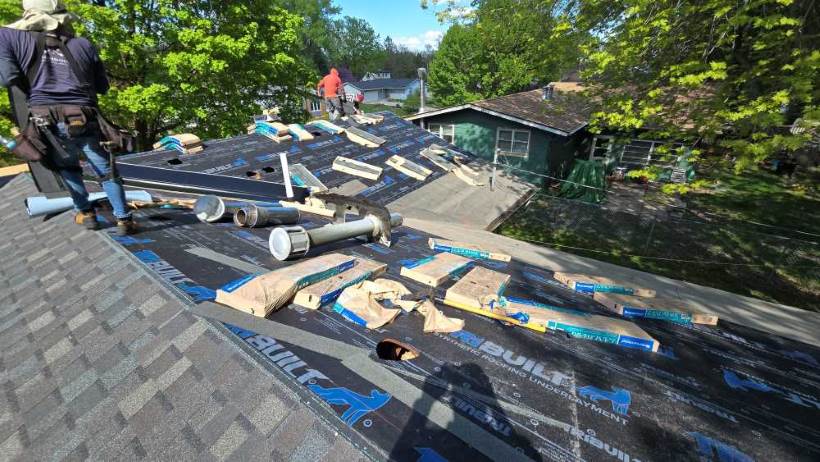
About Our Residential Roofing Services In St. Paul:
From minor roofing repairs to complete roof replacements and even enhancing additions like new triple-pane windows, Sellers Roofing Company is recognized as the premier choice for residential roofing in Saint Paul. We have the experienced manpower to expertly handle projects of any size, from individual homes to larger residential complexes, always upholding the highest industry standards. Our commitment to quality means hiring qualified experts and providing continuous training to protect your home or business the way it’s supposed to be protected.
Asphalt Shingles
Durable and cost-effective, asphalt shingles are the most popular roofing material for residential homes. They come in a variety of colors and styles to enhance your home’s curb appeal.
Metal Roofing
Known for its longevity and energy efficiency, metal roofing is an excellent choice for homeowners looking for a sustainable and long-lasting solution.
Clay and Concrete Tiles
These materials provide a distinctive look and exceptional durability. They are perfect for homeowners seeking a Mediterranean or Southwestern aesthetic.
Wood Shingles and Shakes
Offering a natural and rustic appearance, wood shingles and shakes are made from cedar, redwood, or pine. They provide excellent insulation but require more maintenance.
Slate Roofing
Slate is a premium roofing material known for its beauty and longevity. It is fire-resistant and environmentally friendly but also one of the more expensive options.
Synthetic Roofing
Made from rubber, plastic, or polymer, synthetic roofing materials mimic the appearance of natural products like slate or wood but are more affordable and easier to install.
Proudly Offering Timberline HDZ® Shingles by GAF
Timberline HDZ® Shingles feature a high-definition look with strong warranties. They offers everything you can expect from an architectural shingle roof, and more.
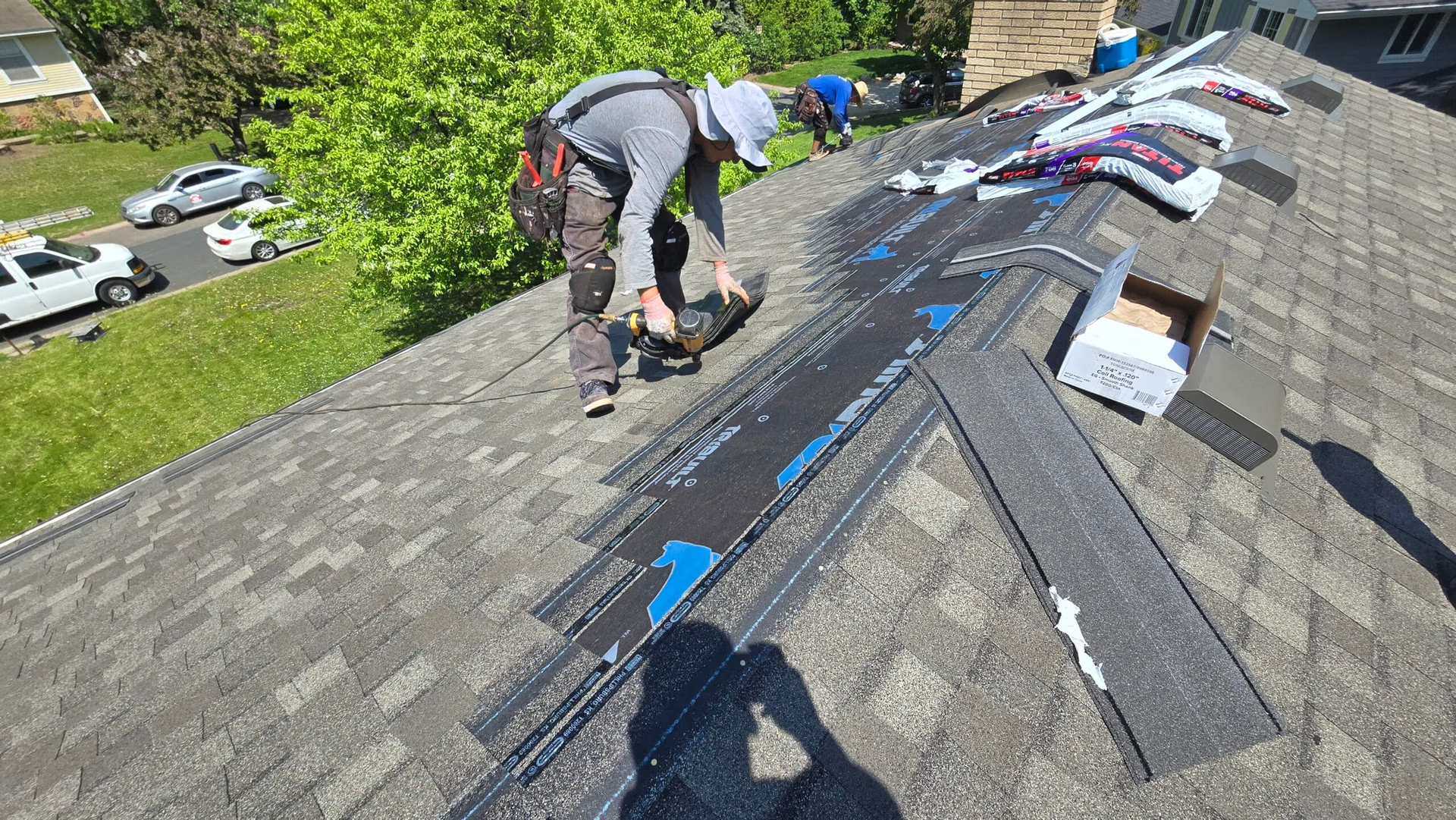
Other Services
In addition to residential roofing, Sellers Roofing Company offers a comprehensive range of home improvement and maintenance services, including commercial roofing and remodeling.
24-Hour Storm Damage Repair
Immediate 24/7 services to assess and fix storm-related issues.
Full-Service Home Remodeling
Comprehensive remodeling for kitchens, bathrooms, and more, from design to construction.
Residential and Commercial Shingle Roof Replacement
Durable solutions for both residential and commercial properties.
Residential Roofing Portfolio Projects Near Saint Paul, MN
Sellers Roofing Company is dedicated to providing high-quality service and craftsmanship in greater Minneapolis for commercial or residential roofing, remodeling, or storm damage repair.
Frequently Asked Questions About Roof Shingles and Replacement in Minnesota
Shingle Selection & Performance in Minnesota
- How does Minnesota’s climate affect the lifespan of asphalt shingles, and what can St. Paul homeowners do to extend their roof’s durability in such conditions? Minnesota’s climate can reduce asphalt shingle lifespan to around 20 years. Regular maintenance, proper attic ventilation, and high-quality underlayment are crucial.
- What are the benefits of choosing GAF Timberline HDZ shingles for a roof replacement in St. Paul, and how do they perform in Minnesota’s climate? GAF Timberline HDZ shingles offer durability, enhanced wind resistance, algae protection, and a modern look. They handle heavy snow loads and resist cracking in freezing temperatures, lasting 20-30 years.
- What are the advantages of metal shingles over asphalt shingles for Minnesota homes, and why might St. Paul homeowners consider them for roof replacement? Metal shingles last 50+ years, shed snow and ice effectively, and are highly resistant to hail and wind. They are more expensive upfront but offer long-term value and energy efficiency.
- What are the benefits of choosing architectural shingles over standard asphalt shingles for a roof replacement in St. Paul, Minnesota, and how do they perform? Architectural shingles are thicker, more durable, and offer a dimensional look. They provide better wind and algae resistance, last 25-30 years, and offer improved insulation.
- What are the most energy-efficient shingle options for Minnesota homes, and how can St. Paul homeowners reduce heating and cooling costs with their roof replacement? Metal shingles and cool roof asphalt shingles (with reflective granules) are energy-efficient. Proper attic insulation and ventilation are essential to maximize savings.
- What are the pros and cons of composite shingles for roof replacement in Minnesota, and how do they compare to other materials for St. Paul homes? Composite shingles mimic natural materials, last 30-50 years, and resist extreme weather. They are more expensive than asphalt but less durable than metal.
Damage & Prevention
- What signs should St. Paul homeowners look for to determine if their roof shingles need replacement, especially after Minnesota’s severe weather events like hailstorms? Look for cracked, curled, or missing shingles, granule loss, dark spots, water stains on ceilings, bruising from hail, and buckling or sagging areas.
- How do ice dams in Minnesota affect roof shingles, and what can St. Paul homeowners do to prevent damage during the winter months? Ice dams cause water to seep under shingles, leading to lifting, cracking, and leaks. Prevent them with proper attic insulation, ventilation, ice and water shield, and snow removal.
- How does the weight of snow in Minnesota affect roof shingles, and what can St. Paul homeowners do to prevent structural damage during heavy snowfall? Heavy snow can crack or lift shingles and stress the roof structure. Remove snow with a rake, ensure proper insulation and ventilation, and maintain the roof’s condition.
- What are the most common causes of roof shingle damage in Minnesota, and how can St. Paul homeowners address these issues before they lead to a full replacement? Hail, high winds, heavy snow, ice dams, UV exposure, and poor installation cause damage. Regular inspections, prompt repairs, and proper ventilation can prevent full replacement.
Installation & Maintenance
- What is the minimum roof pitch required for installing shingles in Minnesota, and why does this matter for St. Paul homes facing heavy snowfall? A minimum 2:12 pitch is required. It ensures proper water drainage, crucial for heavy snowfall and preventing ice dams, as mandated by Minnesota’s Building Code.
- What role does proper attic ventilation play in protecting roof shingles in Minnesota, and how can St. Paul homeowners ensure their attic is adequately ventilated? Proper attic ventilation prevents heat buildup, reducing ice dams and premature shingle aging. Minnesota requires specific vent area per attic space; ensure balanced intake and exhaust vents.
- How can St. Paul homeowners prepare their roof shingles for Minnesota’s winter season, and what preventative measures can reduce damage from snow and ice? Inspect and repair shingles in fall, clear gutters, ensure proper attic insulation and ventilation, and use a roof rake to remove heavy snow.
- How does the installation process of roof shingles in Minnesota differ from other regions, and what specific steps are taken in St. Paul to ensure durability? Minnesota’s installation requires an ice barrier (24 inches inside the exterior wall line), proper attic ventilation, specific shingle pitch requirements, and high-quality flashing and fasteners to ensure durability against severe weather.
- What are the long-term maintenance requirements for roof shingles in Minnesota, and how can St. Paul homeowners keep their roof in good condition year-round? Inspect twice a year, clear debris, check gutters, remove heavy snow, ensure proper attic ventilation, and address minor repairs promptly.
- How can St. Paul homeowners maintain their roof shingles after a Minnesota winter, and what specific steps should they take to address post-winter damage? Inspect for cracks, curling, or missing shingles, check gutters for granule buildup, look for interior water stains, clear debris, and ensure attic ventilation is functioning.
Cost & Warranty
- What are the warranty considerations for roof shingles in Minnesota, and how can St. Paul homeowners ensure their warranty remains valid after installation? Warranties cover material defects, but can be voided by improper installation or insufficient pitch. Hire a licensed contractor, keep records, and perform regular maintenance.
- How does the age of a roof affect the decision to repair or replace shingles in Minnesota, and what should St. Paul homeowners consider before deciding? For roofs under 10 years, repairs often suffice. For roofs over 15 years with widespread issues, replacement is usually better for long-term value and peace of mind.
Other Considerations
- What are the risks of installing a second layer of shingles over an existing roof in Minnesota, and why might St. Paul homeowners opt for a full replacement instead? Risks include added weight, difficulty installing ice barriers, and uneven surfaces. A full replacement allows for proper inspection, repairs, and ensures longevity and warranty.
- How can St. Paul homeowners file an insurance claim for shingle damage after a Minnesota storm, and what steps should they take to ensure a smooth process? Document damage with photos/videos, contact your insurer, get a professional estimate before the adjuster’s visit, and be clear about the cause of damage.
- How can St. Paul homeowners choose the right shingle color for their roof replacement, and what factors should they consider in Minnesota’s climate? Consider aesthetics, energy efficiency (darker absorbs heat, lighter reflects), algae resistance, home style, and HOA guidelines.
- What are the environmental benefits of choosing recyclable shingles for a roof replacement in Minnesota, and how do St. Paul homeowners contribute to sustainability? Recyclable shingles (e.g., metal, some composites) reduce landfill waste, demand for new materials, and can improve energy efficiency, contributing to a lower carbon footprint.
- How does wind resistance impact the choice of roof shingles in Minnesota, and what options are best for St. Paul homes facing high wind speeds during storms? Wind resistance is crucial due to high winds. GAF Timberline HDZ (130 mph), metal (150 mph), and composite (110 mph) shingles are good options when installed with proper fasteners and flashing.
- How can St. Paul homeowners improve their home’s curb appeal with a roof replacement, and what shingle styles are most popular in Minnesota for aesthetic appeal? Architectural and composite shingles are popular for their dimensional look and range of colors (charcoal, barkwood, driftwood), enhancing curb appeal while suiting Minnesota’s climate.
- How can St. Paul homeowners ensure their roof replacement meets Minnesota building codes, and what specific requirements must be followed for shingle installation? Ensure a minimum 2:12 pitch, mandatory ice barrier, proper attic ventilation, corrosion-resistant fasteners, and high-quality flashing. Hire a licensed contractor familiar with these codes.
